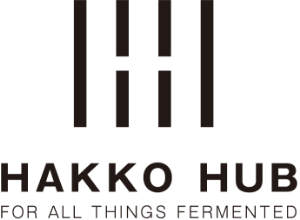A Sake Brewery Saving the Rural Community of Ine, Japan
Last October, American food professionals visited fermented food producers to deepen their knowledge of Japanese fermentation culture during the “Hakko Tourism in Japan” tour campaign. As part of the tour, organizers held a tasting session where guests gave candid advice from the perspective of the American market to food product manufacturers looking to enter the United States market.
Reviving a vanishing town as a tourist destination
In the fall of 2021, an abandoned train station building on the Oga Peninsula in Akita Prefecture, located in the northwest of the Japan archipelago, was transformed into a sake brewery. The founder of “ Ine to Agave” Brewery, Shuhei Okazumi, who was born in Fukuoka Prefecture, a thousand miles south of Oga City, is the key figure behind the project. After graduating from Kobe University with a degree in business administration, Okazumi gained renown as an ace brewer at Aramasa Brewery, one of the best-known sake breweries in Asia.
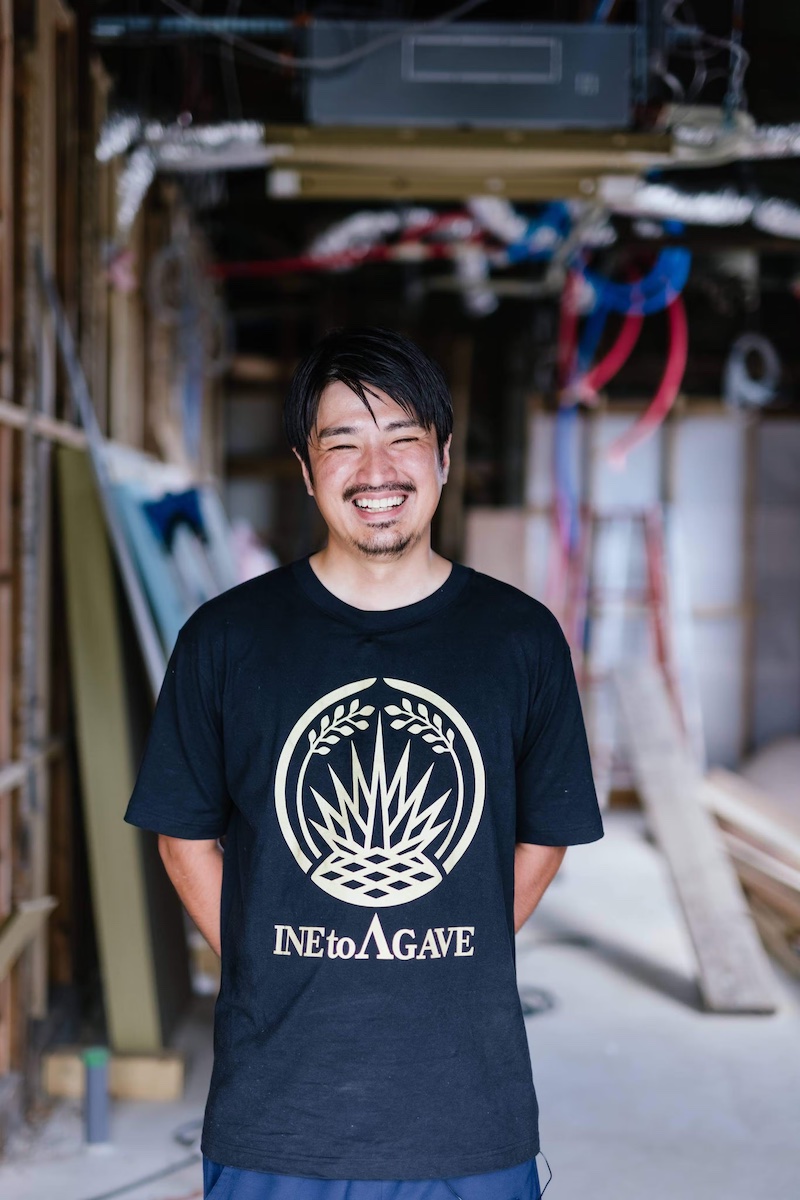
Shuhei Okazumi
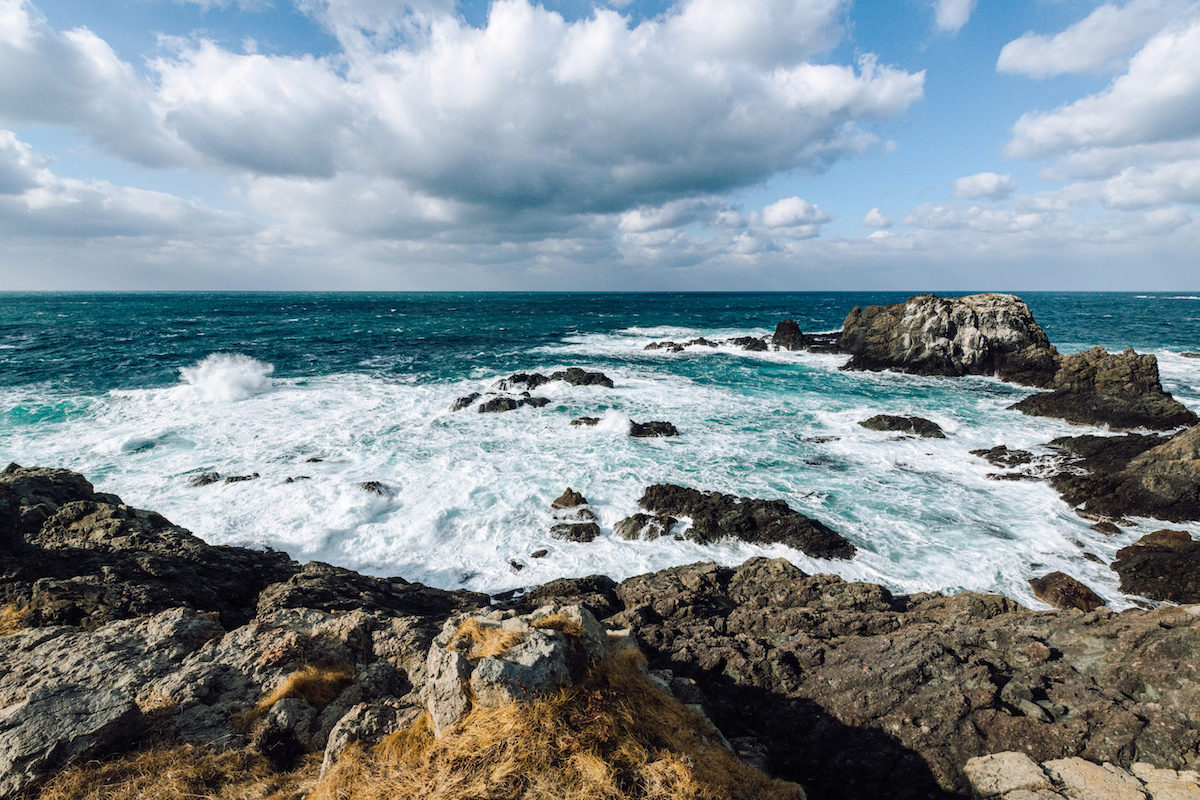
A new category brings innovation to sake
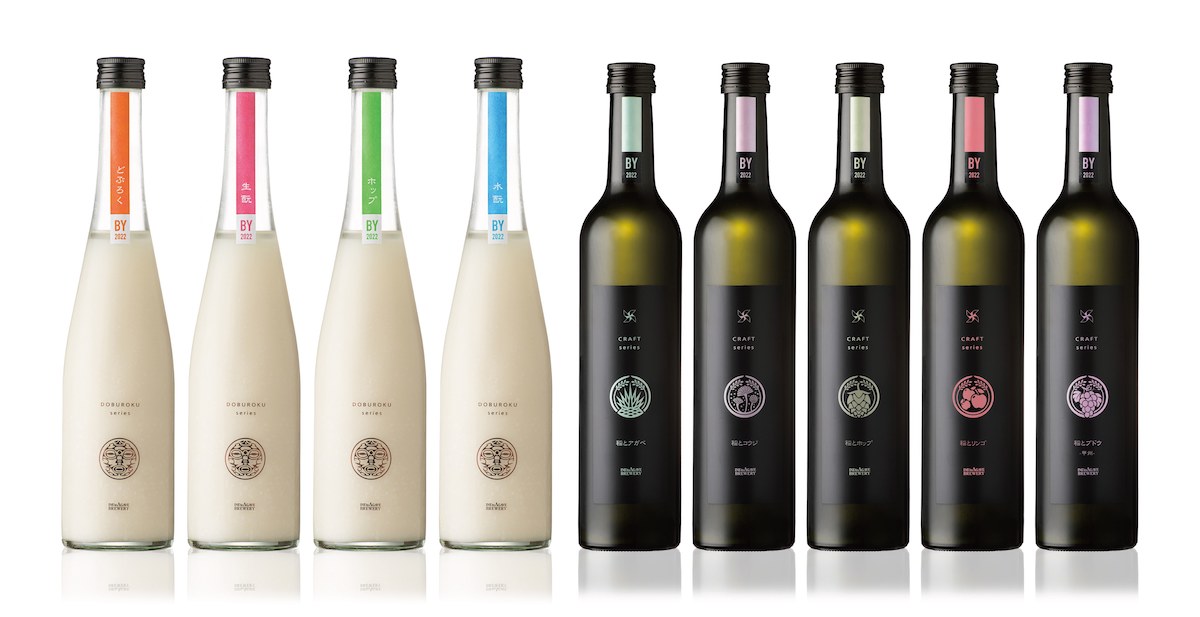
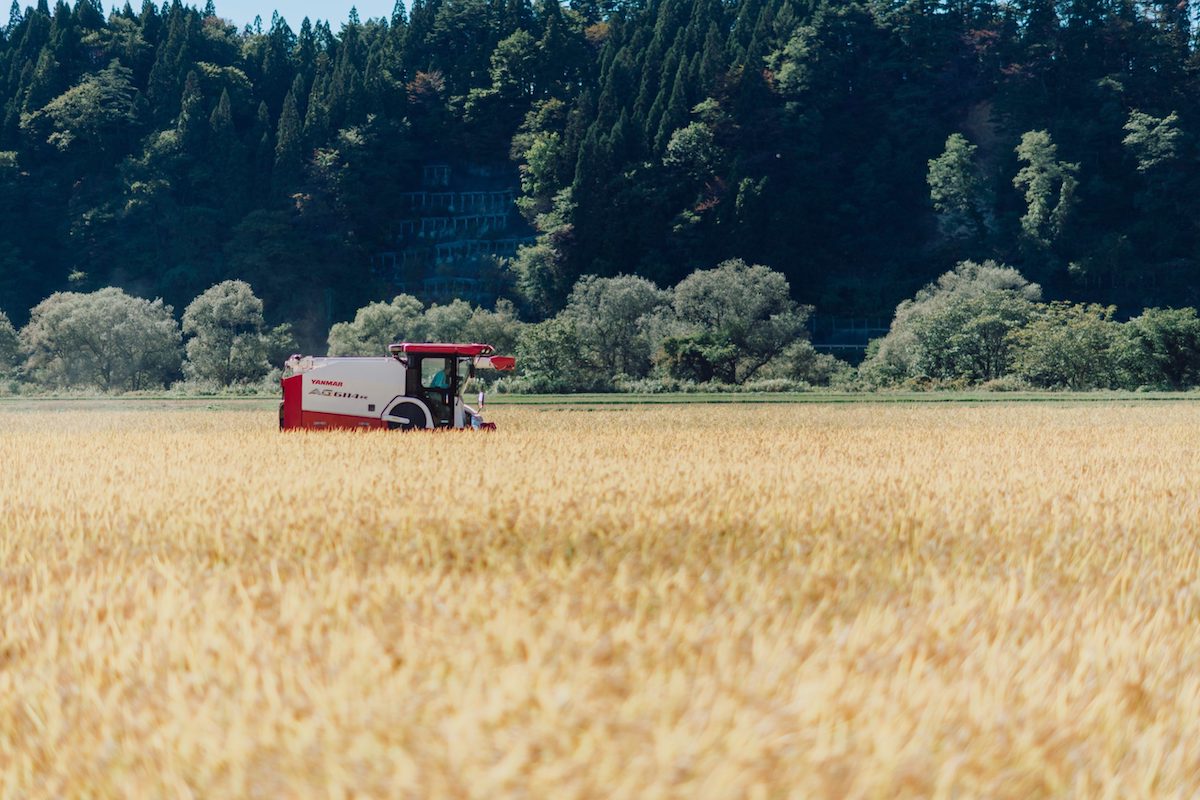
In addition, while the rice used for sake is often milled down to one-half its original volume to remove impurities, Ine to Agave has standardized a 90% remaining rice ratio (only 10% milled), similar to edible rice, in order to reduce food loss.
“Fermenting” a thriving community

Restaurant “ Tsuchi to Kaze (Earth and Wind)”
Further, Okazumi has been working to renovate vacant houses around the Oga Peninsula into factories, shops and restaurants to create local jobs. One of them is the Sanaburi Factory, scheduled to open this April. The project to build this processing plant to make seasonings and food products from sake kasu (sake lees), byproducts of the sake brewing process, has attracted a great deal of support, generating as much as $90,000 in crowdfunding, or 1,200% of its original goal.
“Since my years at university, my goal has been to become an entrepreneur that creates jobs. Hiring is not limited to the brewery. Renovating buildings to create places in town would give young people a reason to stay in Oga and attract more people from other areas. We are planning to open a ramen shop, a guesthouse, and a distillery by the end of this year. In the future, we’d like to open an auberge inn utilizing an old house, where you can enjoy our sake along with food,” Okazumi tells.
The first product to commemorate the opening of Sanaburi Factory is Koji Mayo, a mayonnaise-like condiment made from sake kasu, which will be put on sale in the U.S. through Hakko Lab, a strategic co-brand launched with several food manufacturers.
Tune in for Part 2, where we will explore this fascinating condiment.
Your content goes here. Edit or remove this text inline or in the module Content settings. You can also style every aspect of this content in the module Design settings and even apply custom CSS to this text in the module Advanced settings.
Saki Kimura is an accomplished journalist specializing in sake. With a journalism certificate from UCLA, she's reported on sake consumption worldwide. Currently the director of SAKETIMES International, she writes, translates, and promotes sake, focusing on overseas distribution and international breweries. Her expertise has made her a respected figure in the industry.
